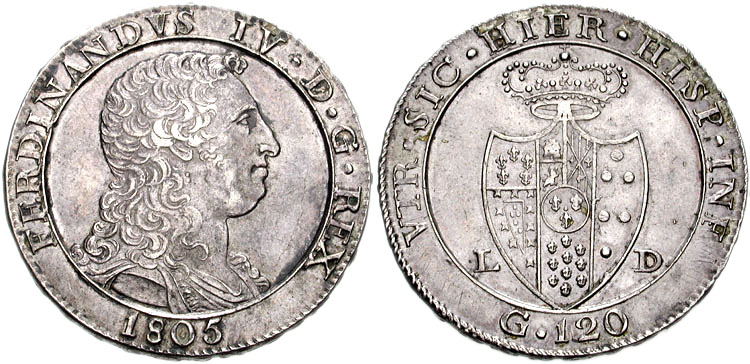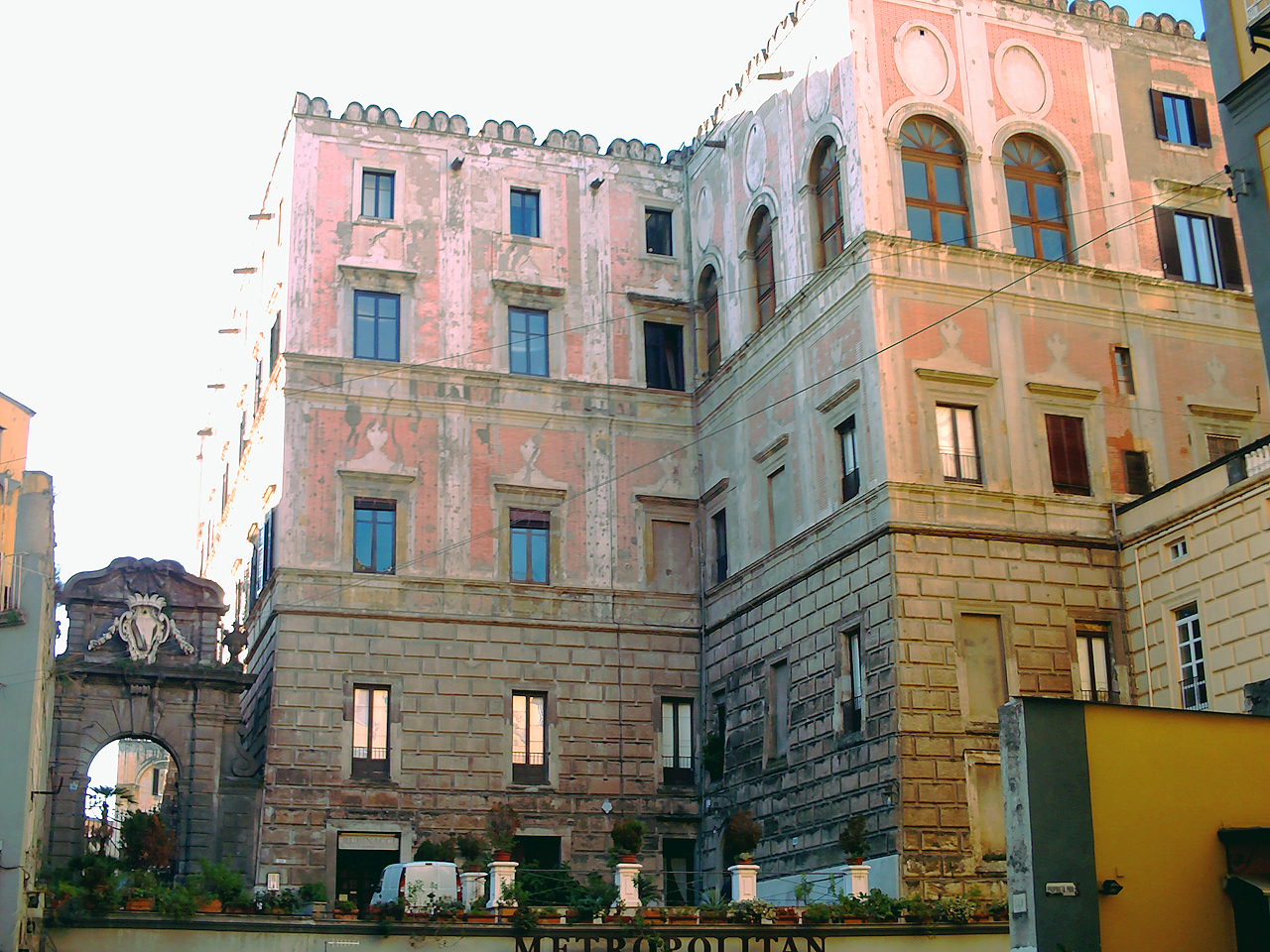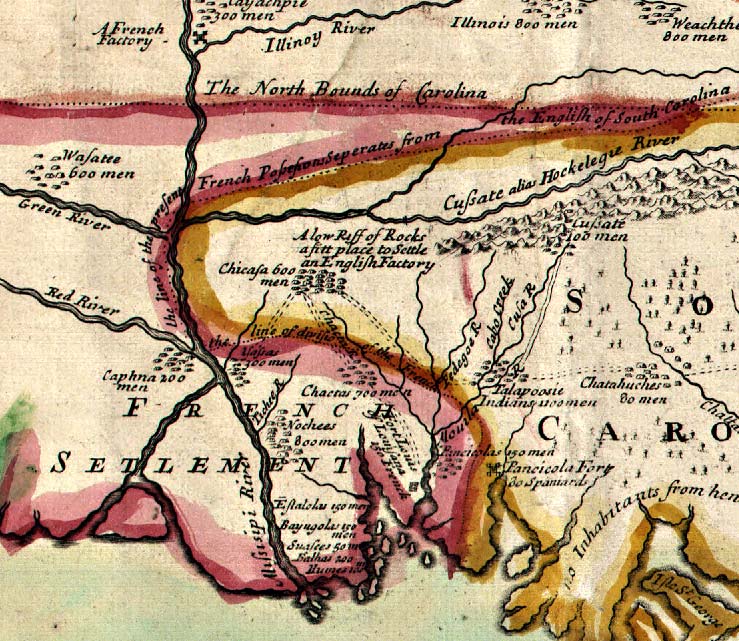|
Michele Imperiali, Prince Of Montena And Francavilla
Michele Imperiali Simeana, Prince of Montena and Francavilla (before 1736–1782) was a Spanish grandee and collector of classical sculpture, who also acted as major domo to the King of Naples and was a Knight of the Golden Fleece from 1770 onwards. He belonged to the Imperiali family. Biography His collection included the Piranesi Vase. He became friends with Casanova in 1770, who visited his home, the Palazzo Cellammare in Naples. His picture collection was estimated at 30,000 ducats, containing works by Titian and Paul Veronese Paolo Caliari (152819 April 1588), known as Paolo Veronese ( , also , ), was an Italian Renaissance painter based in Venice, known for extremely large history paintings of religion and mythology, such as ''The Wedding at Cana'' (1563) and ''The .... The terraced gardens were considered to be among the finest in Naples. References 1736 births 1782 deaths 18th-century Neapolitan people People from Francavilla Fontana Year of birth uncertain ... [...More Info...] [...Related Items...] OR: [Wikipedia] [Google] [Baidu] |
Major Domo
A majordomo is a person who speaks, makes arrangements, or takes charge for another. Typically, this is the highest (''major'') person of a household (''domūs'' or ''domicile'') staff, a head servant who acts on behalf of the owner of a large or significant residence. A majordomo may also, more informally, be someone who oversees the day-to-day responsibilities of a business enterprise. Historically, many institutions and governments – monasteries, cathedrals, and cities – as well as noble and royal houses also had the post of majordomo, who usually was in charge of finances. Additionally, the Hispanos of New Mexico use the related term ''mayordomo'' to refer to the manager of an ''acequia'' system for a town or valley. Etymology The origin is from (), and it was borrowed into English from Spanish or obsolete Italian . Also, it is found as French , modern Italian , Portuguese and Galician , and Romanian and Catalan as . Examples in fiction In ''Les Misérables'', M ... [...More Info...] [...Related Items...] OR: [Wikipedia] [Google] [Baidu] |
Ferdinand I Of The Two Sicilies
Ferdinand I (12 January 1751 – 4 January 1825) was the King of the Two Sicilies from 1816, after his restoration following victory in the Napoleonic Wars. Before that he had been, since 1759, Ferdinand IV of the Kingdom of Naples and Ferdinand III of the Kingdom of Sicily. He was also King of Gozo. He was deposed twice from the throne of Naples: once by the revolutionary Parthenopean Republic for six months in 1799 and again by Napoleon in 1805, before being restored in 1816. Ferdinand was the third son of King Charles VII of Naples and V of Sicily by his wife, Maria Amalia of Saxony. On 10 August 1759, Charles succeeded his elder brother, Ferdinand VI, becoming King Charles III of Spain, but treaty provisions made him ineligible to hold all three crowns. On 6 October, he abdicated his Neapolitan and Sicilian titles in favour of his third son, because his eldest son Philip had been excluded from succession due to imbecility and his second son Charles was heir-apparent to the S ... [...More Info...] [...Related Items...] OR: [Wikipedia] [Google] [Baidu] |
Knight Of The Golden Fleece
This article contains a list of knights of the Order of the Golden Fleece. Knights of the Burgundian Golden Fleece 15th Century !Year of Induction!!Name!!Born!!Died!!Notes , - , rowspan=25, 1430, , Philip the Good, Duke of Burgundy, , 1396, , 1467, , Founder and First Head of the Order , - , Guillaume de Vienne, Seigneur de Saint-George, , 1360, , 1435, , , - , Regnier Pot, Seigneur de la Prugne, , ?, , 1432, , , - , Jehan, Seigneur de Roubaix, , 1369, , 1449, , , - , Roland d'Uutkercke, Seigneur de Hemsrode, , ?, , 1442, , , - , Antoine de Vergy, Comte de Dammartin, , ?, , 1439, , , - , David de Brimeu, Seigneur de Ligny, , ?, , 1451, , , - , Hue de Lannoy, Seigneur de Santes, , 1384, , 1456, , , - , Jehan, Seigneur de Comines, , ?, , 1442, , , - , Antoine de Toulonjon, , ?, , 1432, , Marshal of Burgundy , - , Pierre de Luxembourg, Comte de Saint-Pol, , 1390, , 1433, , , - , Jehan de la Trémoille, Seigneur ... [...More Info...] [...Related Items...] OR: [Wikipedia] [Google] [Baidu] |
Imperiali Family
The Imperiali (or Imperiale) family is a princely noble family. It is one of the most important Italian families and was a key protagonist of European history among aristocratic families. Originating from the Republic of Genoa it was previously named Tartaro (10th century), and descends from the House of Ventimiglia. It was one of the most powerful families dominating the city's politics in the 17th and 18th century and owned a vast amount of land in Italy. Titles The various titles of the Imperiali family acquired over years are the following: * Grandees of Spain * Princes of Francavilla (1639) * Princes of Sant'Angelo dei Lombardi (1718) * Princes of Montafia (1725) * Princes of Castagneto (1789) * Marquises of Latiano (1668) * Marquises of Oyra (1572) * Marquises of Livorno (1725) * Marquises of Pianezza (1725) * Marquises of Roatta (1725) * Marquises of Casetelnuovo (1725) * Marquises of Moretta (1725) * Marquises of Dego (1725) * Marquises of Cagna (1725) * Marquises of G ... [...More Info...] [...Related Items...] OR: [Wikipedia] [Google] [Baidu] |
Piranesi Vase
The Piranesi Vase or Boyd Vase is a reconstructed, colossal marble calyx krater from ancient Rome, on three legs and a triangular base, with a relief around the sides of the vase. It is 107 inches (2.71m) tall and 28 inches (0.71m) in diameter. The upper part is in the style of the Borghese Vase. The lower part, which was not original, was influenced by the Torlonia Vase, a celebrated neo-Attic Roman marble from the collection of Cardinal Albani. It similarly stands on three lions' legs – which in the case of the Torlonia Vase were 16th-century additions. The vase was restored and/or rebuilt by the artist Giovanni Battista Piranesi, from a large number of Roman fragments from Hadrian's Villa at Tivoli, where Gavin Hamilton was excavating in the 1770s. As mentioned above, parts of the Piranesi vase are a pastiche – its stem and supports are made up of a variety of unrelated ancient fragments supplemented by matching modern parts. Other parts are painstaking, skillful ... [...More Info...] [...Related Items...] OR: [Wikipedia] [Google] [Baidu] |
Casanova
Giacomo Girolamo Casanova (, ; 2 April 1725 – 4 June 1798) was an Italian adventurer and author from the Republic of Venice. His autobiography, (''Story of My Life''), is regarded as one of the most authentic sources of information about the customs and norms of European social life during the 18th century. As was not unusual at the time, Casanova, depending on circumstances, used more or less fictitious names, such as baron or count of Farussi (the maiden name of his mother) or Chevalier de Seingalt (). He often signed his works as "Jacques Casanova de Seingalt" after he began writing in French following his second exile from Venice. He has become so famous for his often complicated and elaborate affairs with women that his name is now synonymous with "womanizer". Many of his exploits would be considered predatory by modern standards, however, including affairs with the emotionally vulnerable as well as the underaged. He associated with European royalty, popes, and cardinals ... [...More Info...] [...Related Items...] OR: [Wikipedia] [Google] [Baidu] |
Palazzo Cellammare
The Palazzo Cellamare or Cellammare is a monumental palace located in via Chiaia 139 in the Quartiere San Ferdinando of Naples, Italy. The entrance is near the church of Santa Caterina a Chiaia. History The palace was erected in the 16th century by Giovanni Francesco Carafa, Prince of Stigliano and a member of the House of Carafa. Giovanni Francesco's son Pier Luigi Carafa later commissioned Ferdinando Manlio to make the palace conform to the typical characteristics of its era. During the Masaniello revolt in 1647, the palace was sacked by mobs and in 1689 it became the property of the state. In the 18th century, it was acquired by the Prince of Cellamare, Antonio del Giudice, who hired Ferdinando Fuga to design the chapel between 1726 and 1727. It later became the residence of the Spanish Michele Imperiali Simeana, Prince of Montena and Francavilla (d. 1782), a friend of Casanova, and avid collector of statuary. The palace was briefly known as the ''Palazzo Francavilla''. ... [...More Info...] [...Related Items...] OR: [Wikipedia] [Google] [Baidu] |
Titian
Tiziano Vecelli or Vecellio (; 27 August 1576), known in English as Titian ( ), was an Italians, Italian (Republic of Venice, Venetian) painter of the Renaissance, considered the most important member of the 16th-century Venetian school (art), Venetian school. He was born in Pieve di Cadore, near Belluno. During his lifetime he was often called ''da Cadore'', 'from Cadore', taken from his native region. Recognized by his contemporaries as "The Sun Amidst Small Stars" (recalling the final line of Dante Alighieri, Dante's ''Paradiso (Dante), Paradiso''), Titian was one of the most versatile of Italian painters, equally adept with portraits, landscape backgrounds, and mythological and religious subjects. His painting methods, particularly in the application and use of colour, exercised a profound influence not only on painters of the late Italian Renaissance, but on future generations of Art of Europe, Western artists. His career was successful from the start, and he became sought ... [...More Info...] [...Related Items...] OR: [Wikipedia] [Google] [Baidu] |
Paul Veronese
Paolo Caliari (152819 April 1588), known as Paolo Veronese ( , also , ), was an Italian Renaissance painter based in Venice, known for extremely large history paintings of religion and mythology, such as ''The Wedding at Cana'' (1563) and ''The Feast in the House of Levi'' (1573). Included with Titian, a generation older, and Tintoretto, a decade senior, Veronese is one of the "great trio that dominated Venetian painting of the ''cinquecento''" and the Late Renaissance in the 16th century.Rosand, 107 Known as a supreme colorist, and after an early period with Mannerism, Paolo Veronese developed a naturalist style of painting, influenced by Titian. His most famous works are elaborate narrative cycles, executed in a dramatic and colorful style, full of majestic architectural settings and glittering pageantry. His large paintings of biblical feasts, crowded with figures, painted for the refectories of monasteries in Venice and Verona are especially famous, and he was also the leadi ... [...More Info...] [...Related Items...] OR: [Wikipedia] [Google] [Baidu] |
1736 Births
Events January–March * January 12 – George Hamilton, 1st Earl of Orkney, becomes the first Field Marshal of Great Britain. * January 23 – The Civil Code of 1734 is passed in Sweden. * January 26 – Stanislaus I of Poland abdicates his throne. * February 12 – Francis I, Holy Roman Emperor marries Maria Theresa of Austria, ruler of the Habsburg Empire. * March 8 – Nader Shah, founder of the Afsharid dynasty, is crowned Shah of Iran on a date selected by court astrologers. * March 31 – Bellevue Hospital is founded in New York. April–June * April 14 – The Porteous Riots erupt in Edinburgh (Scotland), after the execution of smuggler Andrew Wilson, when town guard Captain John Porteous orders his men to fire at the crowd. Porteous is arrested later. * April 14 – German adventurer Theodor Stephan Freiherr von Neuhoff is crowned King Theodore of Corsica, 25 days after his arrival on Corsica on March 20. His reign ends on No ... [...More Info...] [...Related Items...] OR: [Wikipedia] [Google] [Baidu] |
1782 Deaths
Year 178 ( CLXXVIII) was a common year starting on Wednesday (link will display the full calendar) of the Julian calendar. At the time, it was known as the Year of the Consulship of Scipio and Rufus (or, less frequently, year 931 ''Ab urbe condita''). The denomination 178 for this year has been used since the early medieval period, when the Anno Domini calendar era became the prevalent method in Europe for naming years. Events By place Roman Empire * Bruttia Crispina marries Commodus, and receives the title of '' Augusta''. * Emperor Marcus Aurelius and his son Commodus arrive at Carnuntum in Pannonia, and travel to the Danube to fight against the Marcomanni. Asia * Last (7th) year of ''Xiping'' era and start of ''Guanghe'' era of the Chinese Han Dynasty. * In India, the decline of the Kushan Empire begins. The Sassanides take over Central Asia. Religion * The Montanist heresy is condemned for the first time. Births * Lü Meng, Chinese general (d. 220) * Pen ... [...More Info...] [...Related Items...] OR: [Wikipedia] [Google] [Baidu] |
18th-century Neapolitan People
The 18th century lasted from January 1, 1701 ( MDCCI) to December 31, 1800 ( MDCCC). During the 18th century, elements of Enlightenment thinking culminated in the American, French, and Haitian Revolutions. During the century, slave trading and human trafficking expanded across the shores of the Atlantic, while declining in Russia, China, and Korea. Revolutions began to challenge the legitimacy of monarchical and aristocratic power structures, including the structures and beliefs that supported slavery. The Industrial Revolution began during mid-century, leading to radical changes in human society and the environment. Western historians have occasionally defined the 18th century otherwise for the purposes of their work. For example, the "short" 18th century may be defined as 1715–1789, denoting the period of time between the death of Louis XIV of France and the start of the French Revolution, with an emphasis on directly interconnected events. To historians who expand ... [...More Info...] [...Related Items...] OR: [Wikipedia] [Google] [Baidu] |

_002.jpg)



